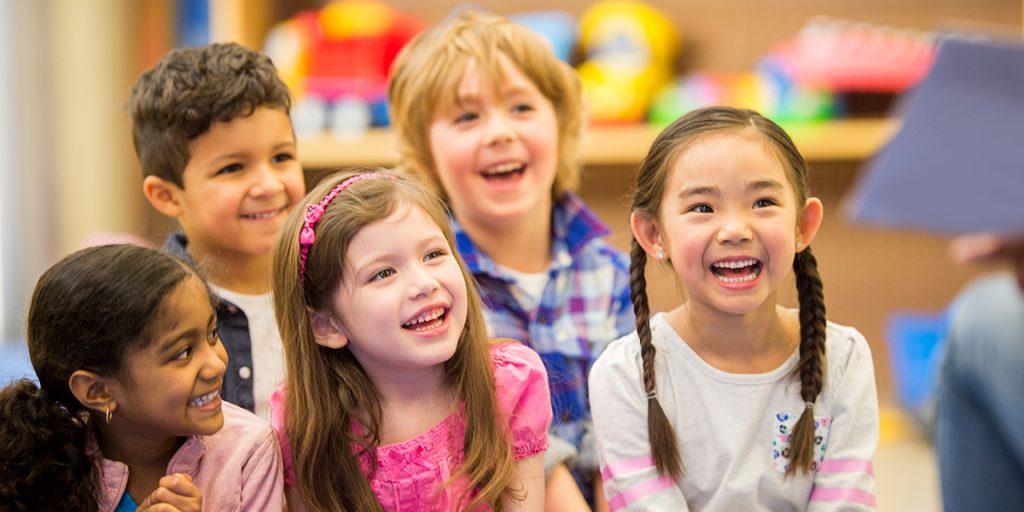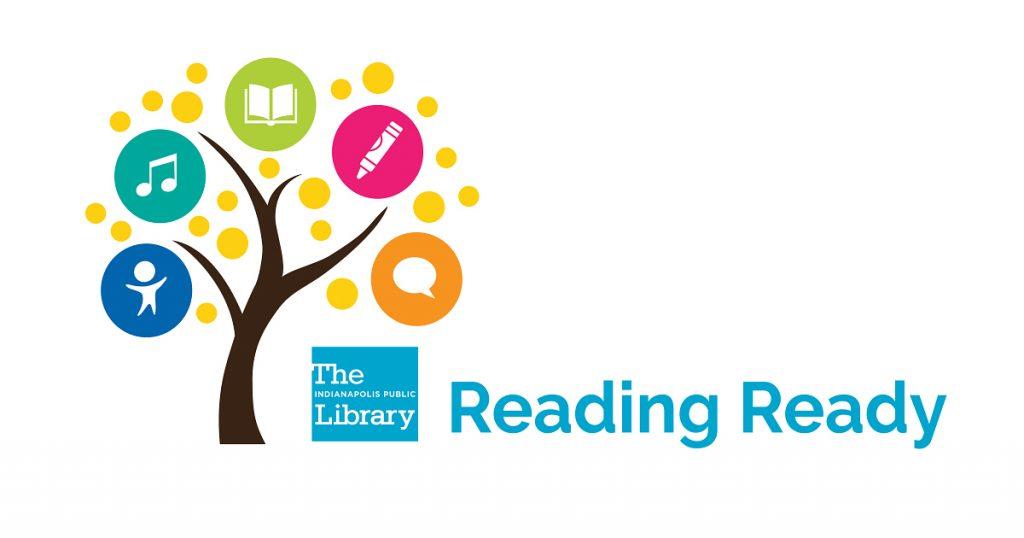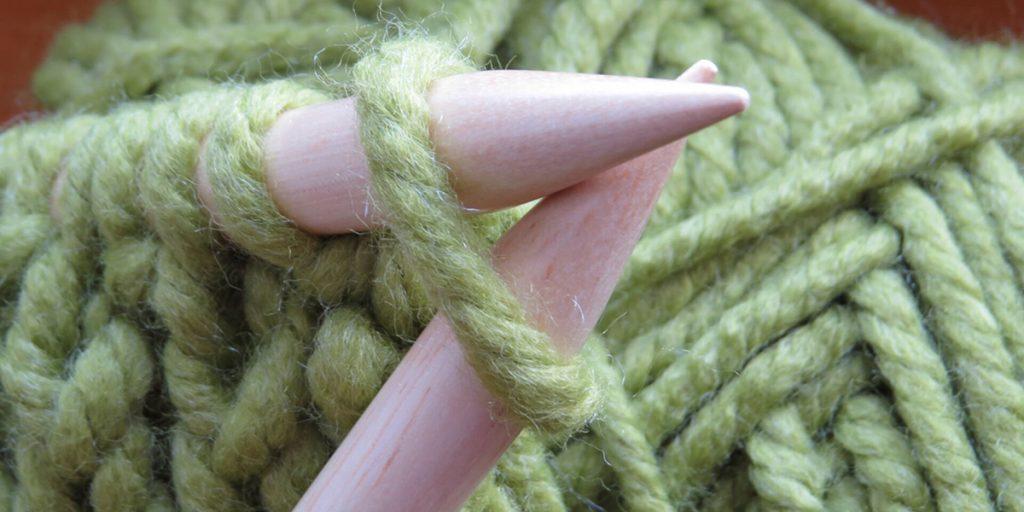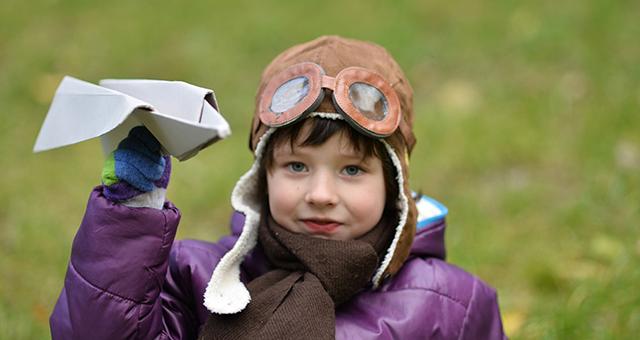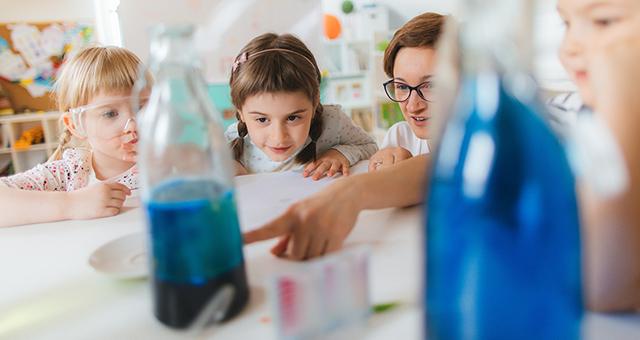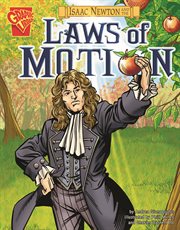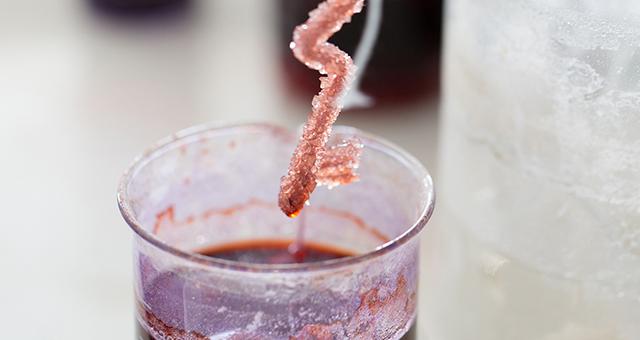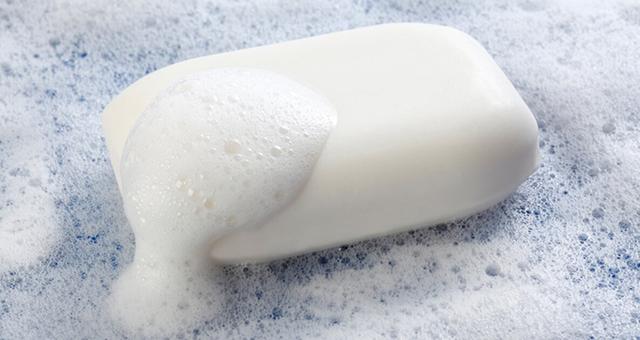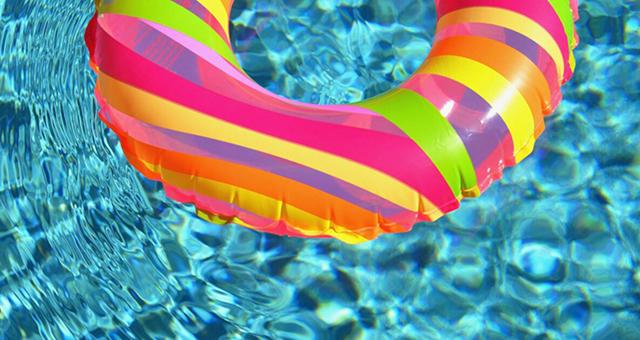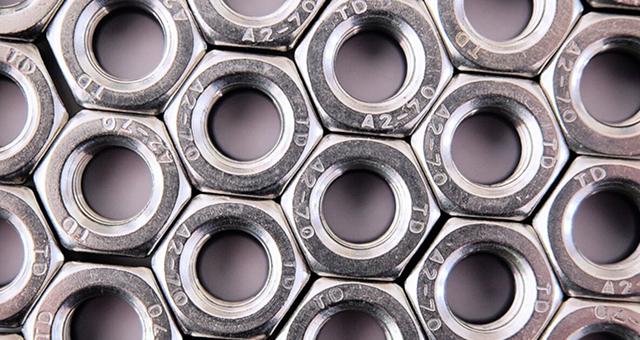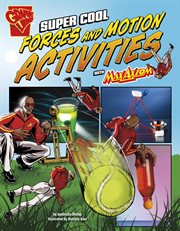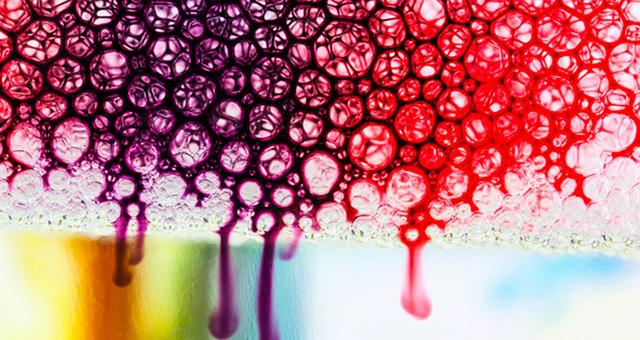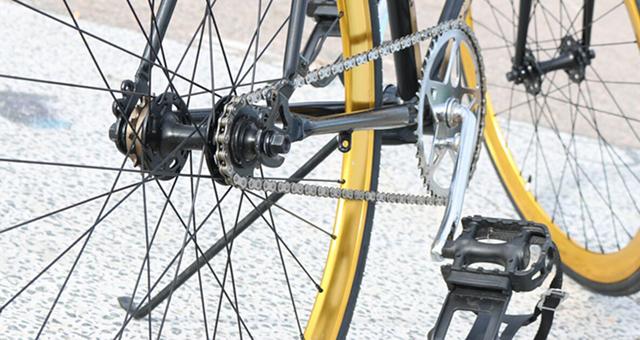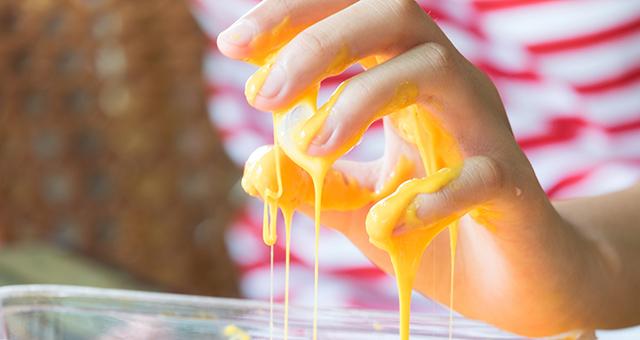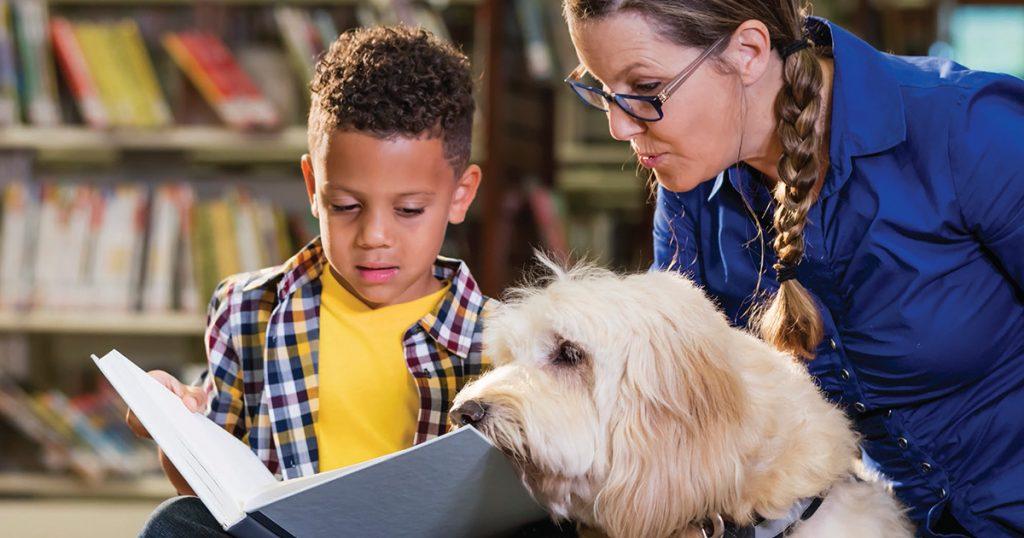
Beginning or reluctant readers ages 6 – 11 are often invited to read aloud to a registered therapy dog in our libraries – a dog who loves to listen to stories! Children register to read for a 15 minute paws to read session. Reading to a dog is a great way to improve a child’s reading skills and self-confidence. Children may read from any book they choose.
- Event: Paws to Read at Spades Park
- Date & Time: Saturday, December 20, 10:30am
- Location: Spades Park Branch
- Description: School-aged children who are beginning or reluctant readers are invited to read to a registered therapy dog, who loves to listen to stories. Sign up for a 15 minutes session in a non-judgmental setting. It’s a great way to improve a child’s reading skills and self-confidence!
- Register Here
- Event: Paws to Read at Fort Ben
- Date & Time: Saturday, December 20, 11:00am
- Location: Fort Ben Branch
- Description: School-aged children who are beginning or reluctant readers are invited to read to a registered therapy dog, who loves to listen to stories. Sign up for a 15 minute session in a non-judgmental setting. It’s a great way to improve a child’s reading skills and self-confidence!
- Register Here
- Event: Paws to Read at Wayne
- Date & Time: Saturday, January 03, 11:00am
- Location: Wayne Branch
- Description: School-aged children who are beginning or reluctant readers are invited to read to a non-judgmental registered therapy dog who loves to listen to stories. It’s a great way to improve a child’s reading skills and self-confidence!
- Register Here
If your child has never tried reading to a dog before and wants to learn a little about what that might be like to attend a paws to read session, listen below to the story, Madeline Finn and the Library Dog. Meet Madeline, who does not like to read. She doesn’t like to read books, magazines, or even the menu on the ice cream truck! Mrs. Dimple, the librarian, suggests Madeline read to a dog, and so Madeline meets Bonnie, who is beautiful, like a big snowy polar bear, and a very good listener! When Madeline can’t get the words right, Bonnie doesn’t mind. Madeline realizes it’s ok to go slow and keep trying.
Here are some more dog stories you can listen to, just click on a book jacket to hear the story!
Websites, Printables & Activities:
- World of Biscuit Printable Activities
- Clifford the Big Red Dog Printable Activities
- Harry the Dirty Dog Printable Activity Guide
- PAW Patrol Printable
- Spot Printables
e-Books & Audiobooks:
Use your indyPL Library Card to check out books about dogs at any of our locations, or check out dog e-books and audiobooks from OverDrive Kids right to your device! If you have never used OverDrive before, you can learn how to use e-books or learn how to use audiobooks.
Looking for even more books to read about dogs? Try these recommendations from IndyPL staff:
- IndyPL Librarian Picks: Picture Books for Kids in Puppy Love
- Heroes with Tails: Dog Man and 15 Other Graphic Novel Favorites
- Clifford the Big Red Dog – the Supersized Puppy with a Heart of Gold
- Amazing and True Animals Stories for Kids
Need help? Ask a Library staff member at any of our locations or call, text, or email Ask-a-Librarian.








